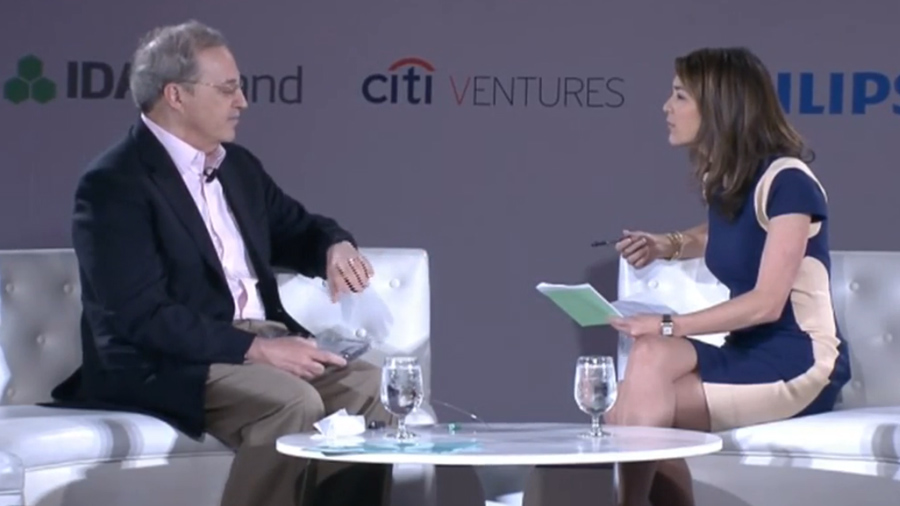Intel explores smartwatches that literally make you attached to texting
Confirms that experiments are in the lab at Intel

Heavy texters who are joined at the hip with their smartphones could see that figure of speech become more literal in the future, as Intel has suggested it is working on wearable devices.
"We're looking at novel display devices," said Intel chief technology officer Justin Rattner at Bloomberg's The Next Big Thing Summit this week.
Rattner said that Intel is starting to build such devices internally and confirmed that it has experimental devices in the labs that could stream short messages like texts.
"Particularly if you think of how much texting goes on today, wouldn't it be nice if you could just glance at your wrist and see the message traffic?"
"[This is] as opposed to 'you have to pull out your phone and you have to be very public about it.'"
Winding the smartwatch battery
Intel may be poised to take on the emerging wearable computing market, Rattner pointed out.
"[It] requires a complete rethink of how you design systems and how you program systems."
Get daily insight, inspiration and deals in your inbox
Sign up for breaking news, reviews, opinion, top tech deals, and more.
"One of the challenges we see, and something that we're giving a lot of attention to - not surprisingly - is how does the silicon change if you're going to wear technology."
As the executive for the world's No. 1 semiconductor company, he estimates that devices worn all day long will have to be 10 times more efficient than cell phones.
"That's where we're doing a lot of work."
Intel's rivals
Intel already has up-and-running rivals in the wearable technology field. Google Glass, for example, has already released to developers in the form of Explorer Edition glasses.
Even more closely linked to what Rattner is talking about, the Pebble Watch streams messages from phones, and Apple could dominate the space with a similar iWatch without even trying.
But the first sign of Intel's progress in this area comes from its next-generation chip technology, Merrifield, which incorporates sensors that understand environments to save battery life.
This energy-efficient 22nm Silvermont chip could be the key to Intel gaining marketshare over its rivals who already have a foot/wristhold.
